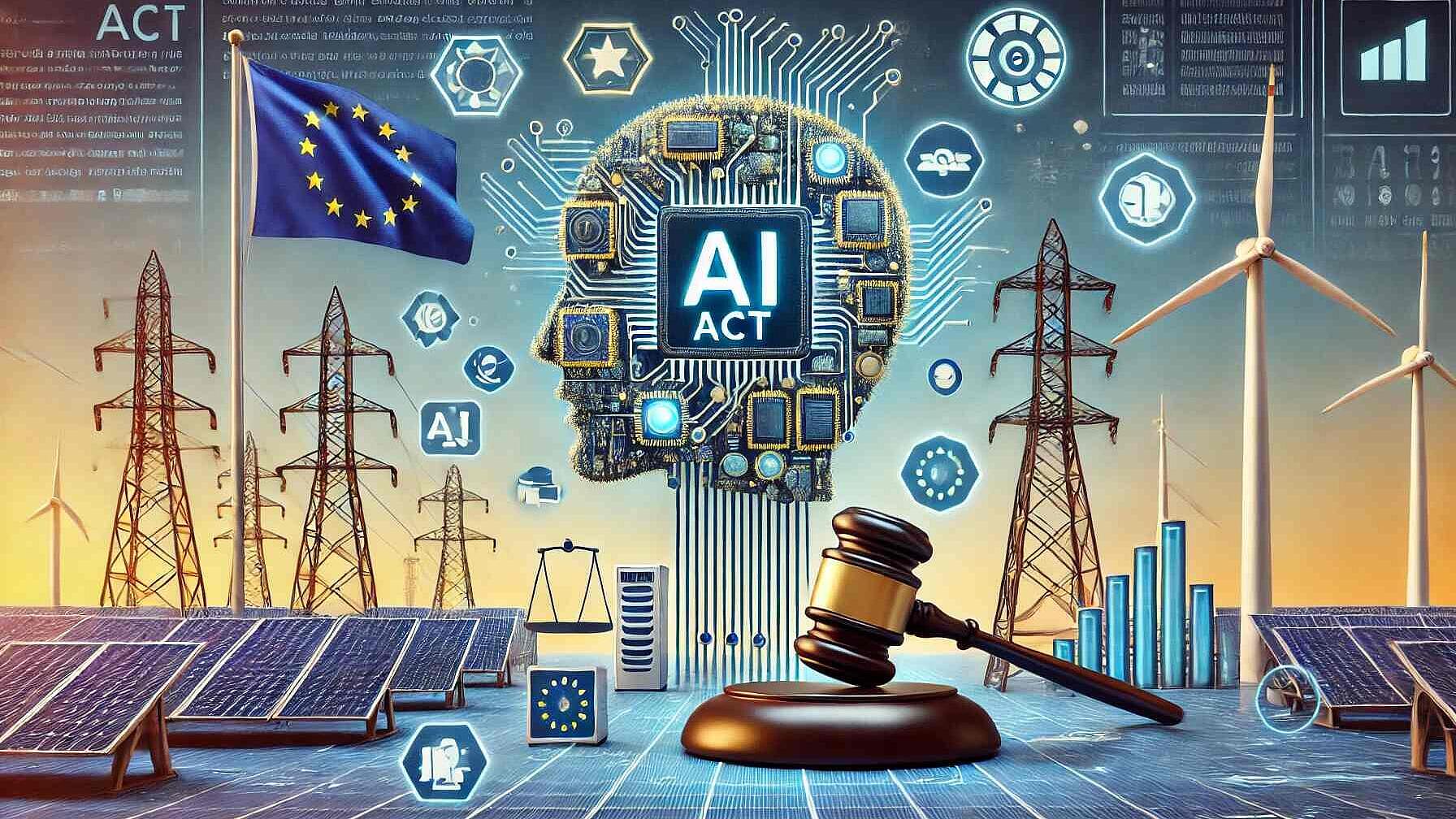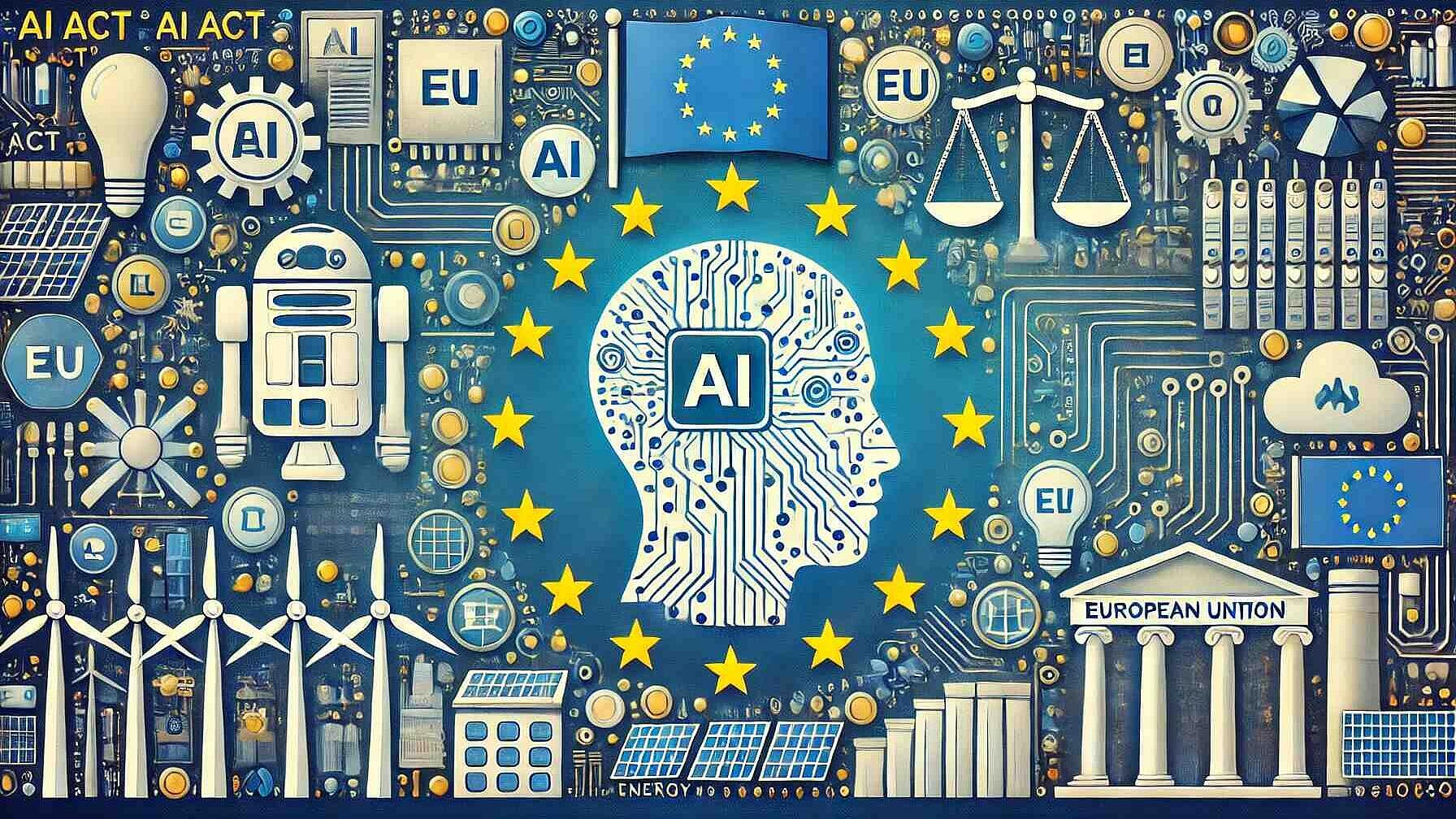 Renewable Energy
Renewable EnergyEnergy Optimization using Artificial Intelligence (AI) on HVAC system
Summary
HVAC equipment operates under the control of automation systems or a building management system. These automation systems have a fixed operation and can only react to the external & internal environment according to programmed logic. Times of peak demand are often the most expensive times to use energy and occur during the hottest hours of the day when HVAC is need the most. New fully autonomous self-adaptive Artificial Intelligence (AI) software is designed to deliver significant savings and dramatically reduce carbon emissions, enabling a self-operating building. With AI applications, optimize variables like airflow is best achieved. Conserving air quality for both humidity and temperature with much lower energy consumption is also achievable. The goal to creating an HVAC simulation and eventually applying AI is to reduce the amount of energy used and save time by automating frustrating and repetitive tasks. The goal is to save time and prevent downtime.
Open full article
Energy Optimization using Artificial Intelligence (AI) on HVAC system
Heating, Ventilation, and Air Conditioning (HVAC) systems accounting for substantial energy consumption up to 40% of total energy consumption in buildings, no matter the type of building as a commercial, residential or industrial building. Inefficient and poorly designed systems are costly to manage, often ineffective at maintaining comfort levels and major producers of greenhouse gases. HVAC equipment operates under the control of automation systems or a building management system (BMS). They are in place to safeguard the production of heat/cold and ensure it is distributed appropriately in order to keep the temperature in the desired range. These automation systems have a fixed operation and can only react to the external & internal environment according to programmed logic.
Times of peak demand are often the most expensive times to use energy and occur during the hottest hours of the day when HVAC is need the most. Some utilities also use a building’s highest peak in energy usage to set rates and apply costly demand fees. The capability to optimize the amount of energy used, the amount spent on energy and energy used during times of peak demands will greatly impact operating costs.
HVAC technicians have a hard time controlling HVAC systems because building conditions are frequently changing. The following aspects are what HVAC technicians are facing for:
· Ventilation, heating, and cooling needs of any buildings are consistently changing.
· People who enter and leave buildings most of the time has a direct effect on temperature control and ventilation needs
· HVAC needs are affected by the activities usually performed indoors, such as commercial kitchens need more cooling and ventilation than any offices of the same size.
· The outdoor temperature is expected to change consistently. So, it affects the required cooling and heating.
Two strategies to optimize the operation of HVAC systems. 1) To improve the efficiency of the chillers that occupied 60% of the overall energy consumption of HVAC system to ensure that heat/cold is produced at the right time. 2) The Air Handling Units (AHU) that occupied remaining 40% of the overall energy consumption of HVAC system as it can be a source of additional energy savings to ensure the heat/cold is delivered in the right amount and at the right time.
Therefore, a smart control system is capable of processing the collected data in real-time and adjusting HVAC systems accordingly.
To be an efficient building energy management system, except from the programmed logic which follows a set of rules to given operation schedule based on the time of the day, reactive control which adapts the equipment operation in response to a change of the weather, still need to develop a predictive control which uses machine learning to study the patterns of energy consumption and adjusts the operation in anticipation of the changing conditions.
New technology’s fully autonomous self-adaptive Artificial Intelligence (AI) software is designed to deliver significant savings and dramatically reduce carbon emissions, enabling a self-operating building. The goal to creating an HVAC simulation and eventually applying AI is to reduce the amount of energy used and the cost of energy and peak demand. Artificial Intelligence (AI) has proven to have beneficial applications in the HVAC industry since it can further enhance indoor environmental quality and energy efficiency. With AI applications, optimizing variables like airflow is best achieved. Conserving air quality for both humidity and temperature with much lower energy consumption is also achievable.
The artificial intelligence (AI) automated & predictive HVAC control software collects data from the machines, temperature sensors and electrical meters. The data is analysed in-real time in combination with external information, such as the weather forecast to anticipate thermal needs. The artificial intelligence (AI) automated & predictive HVAC control software sends the appropriate commands to the HVAC equipment. It could turn down automatically the air conditioning in the office even before the room temperature is too cold and could save money while improving comfort. Secondly, it allows facility managers to perform pre-emptive maintenance, prevent downtime and save time by automating frustrating and repetitive tasks.



